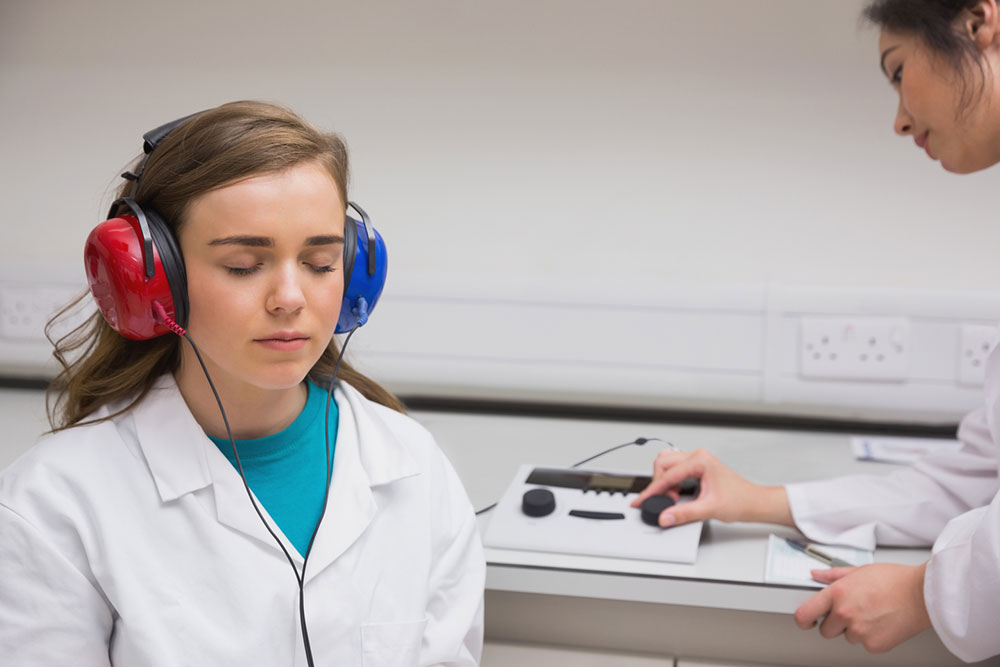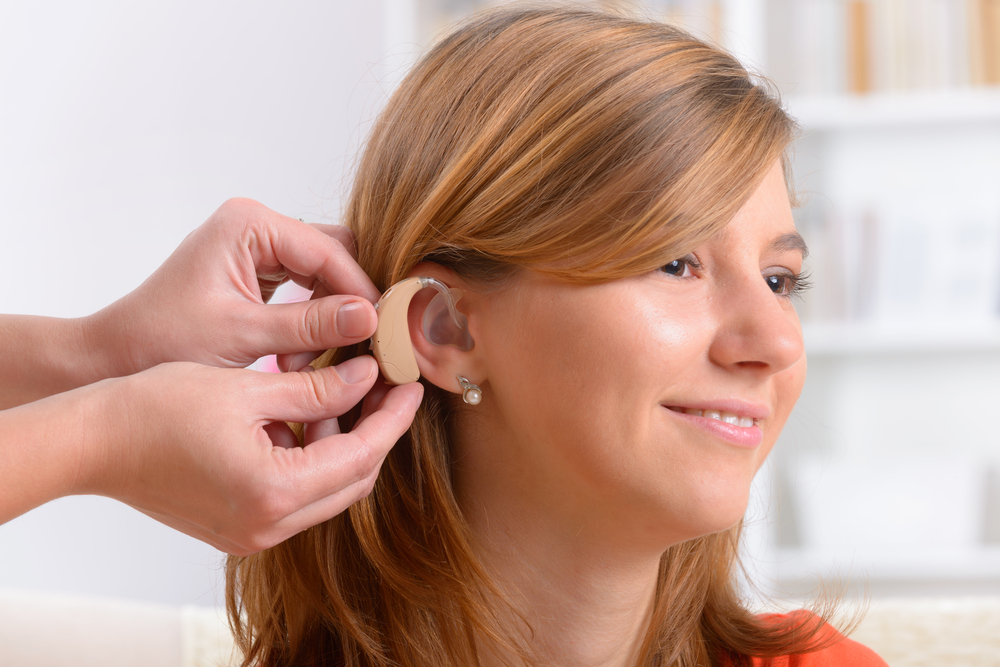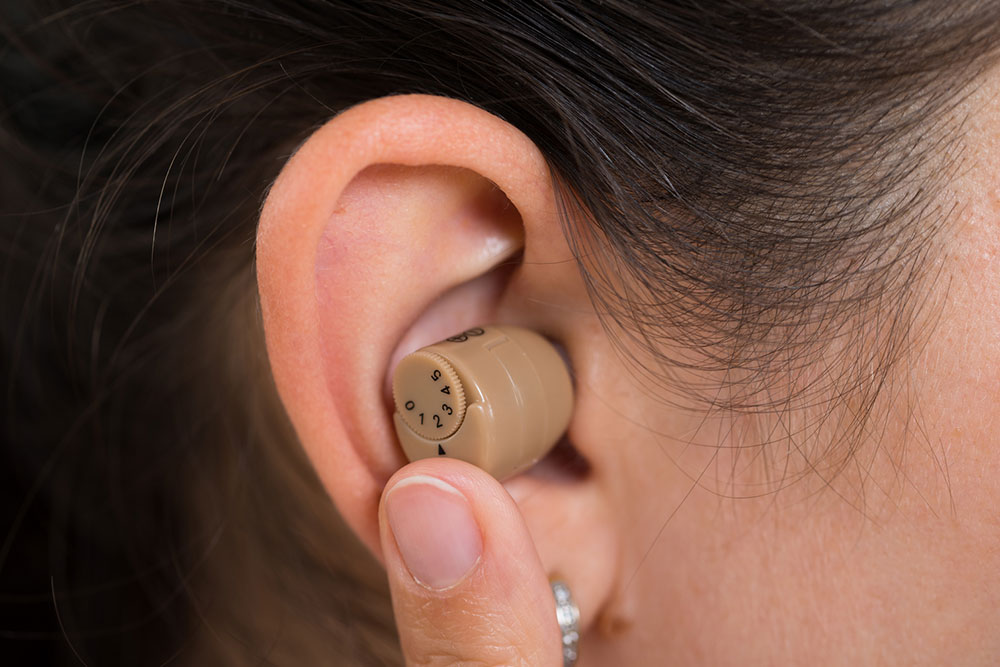Comprehensive Guide to Hearing Evaluations: What You Need to Know
This comprehensive guide explores the critical importance of hearing assessments, detailing various testing methods, who should get evaluated, and how to interpret results. Regular hearing evaluations are essential for detecting early signs of hearing loss, especially for those exposed to loud environments or experiencing symptoms. From newborn screenings to age-related checkups, understanding these tests can help individuals maintain optimal hearing health and improve their quality of life through timely interventions like hearing aids and other treatments.

Understanding the Importance of Hearing Assessments
Regular hearing evaluations are essential for early detection and management of hearing impairments. These assessments help identify the presence and severity of hearing loss, enabling timely intervention to improve quality of life. Conducted in soundproof environments, these evaluations are quick, usually lasting around 30 minutes, and involve no discomfort or invasive procedures. They are painless and straightforward, making them suitable for people of all ages.
There are multiple testing methods available, each designed to diagnose different aspects of hearing function. Familiarity with these options can empower individuals to seek the right evaluation at the right time, ensuring optimal hearing health.
Typically conducted by audiologists, hearing assessments are critical tools used to determine the type and extent of hearing loss. These professionals are trained to perform comprehensive tests, interpret the results accurately, and recommend appropriate treatment options. Whether it’s for detecting age-related decline or hearing problems caused by noise exposure, audiologists play a vital role in maintaining hearing health.
Who Should Consider Getting a Hearing Test?
Hearing evaluations are recommended for individuals across all age groups, but they are especially crucial for certain populations. Babies and young children should undergo hearing screenings shortly after birth and during routine checkups to catch congenital or early-onset hearing issues. Elderly individuals should have regular assessments to monitor age-related hearing deterioration. People experiencing any signs of hearing difficulty, such as muffled sounds, difficulty understanding speech, or ear ringing, should seek evaluation promptly. In addition, those working in noisy environments, or with a personal or family history of hearing problems, should prioritize hearing checks since many hearing issues develop gradually and go unnoticed without external cues.
Occupational exposure to loud noise
Frequent use of loud machinery or power tools
Living in noisy environments with loud music or traffic
History of head trauma or injuries
Past ear infections or ear surgeries
Genetic predisposition to hearing loss
Frequency of Hearing Tests: How Often Should You Schedule Them?
For individuals working in noisy settings or exposed to loud environments, annual hearing assessments are advisable to monitor any changes over time. For the general population, especially those over the age of 50 or 60, routine screenings are suggested every few years, as part of age-related health checks. However, if you experience any symptoms such as decreased hearing, ear pain, or tinnitus, consult a healthcare professional immediately, regardless of your last testing date. Many clinics now offer quick online screening tools that can help you decide whether a formal evaluation is needed.
Types of Hearing Assessments Available
There are various types of hearing tests tailored to different age groups and specific needs. Understanding these options can help you make informed decisions about your hearing health:
Pure-tone audiometry
This is the most common hearing test, measuring the faintest sounds a person can detect across various pitches and volumes. Suitable for both children and adults, it provides a detailed hearing profile that guides further treatment.
Bone conduction testing
This test assesses whether issues originate from the inner ear or ear blockage. It involves placing a vibrator on the skull to bypass the outer and middle ear, helping to identify sensorineural versus conductive hearing loss.
Speech reception testing
This test evaluates how well you understand spoken words and sentences. It is essential in diagnosing speech comprehension problems and is applicable to all ages, especially for planning hearing aid use.
Auditory Brainstem Response (ABR)
Primarily used for infants, young children, or individuals unable to participate in traditional tests, ABR measures electrical activity in the brain's auditory pathways in response to sounds, providing valuable diagnostic information.
Otoacoustic Emissions Test (OAE)
Measuring the inner ear's response to sounds, OAE is especially effective for screening newborns and small children, helping detect cochlear (inner ear) function issues early.
Tympanometry
This test evaluates the movement of the eardrum and middle ear function. It aids in diagnosing fluid buildup, ear infections, or perforations that may impact hearing.
Post-Assessment Procedures and Hearing Loss Management
Following the testing, audiologists interpret the results to recommend appropriate treatment approaches. If obstructions such as wax buildup or fluid are identified, ENT specialists can perform minor procedures to clear the ear canal. For cases of confirmed sensorineural hearing loss, options like hearing aids or cochlear implants may be recommended. Audiologists assist patients in selecting, fitting, and adapting to hearing devices, along with providing counseling for effective use and maintenance. Early intervention often leads to better outcomes, so timely assessments and follow-ups are crucial for preserving hearing health over the lifespan.





